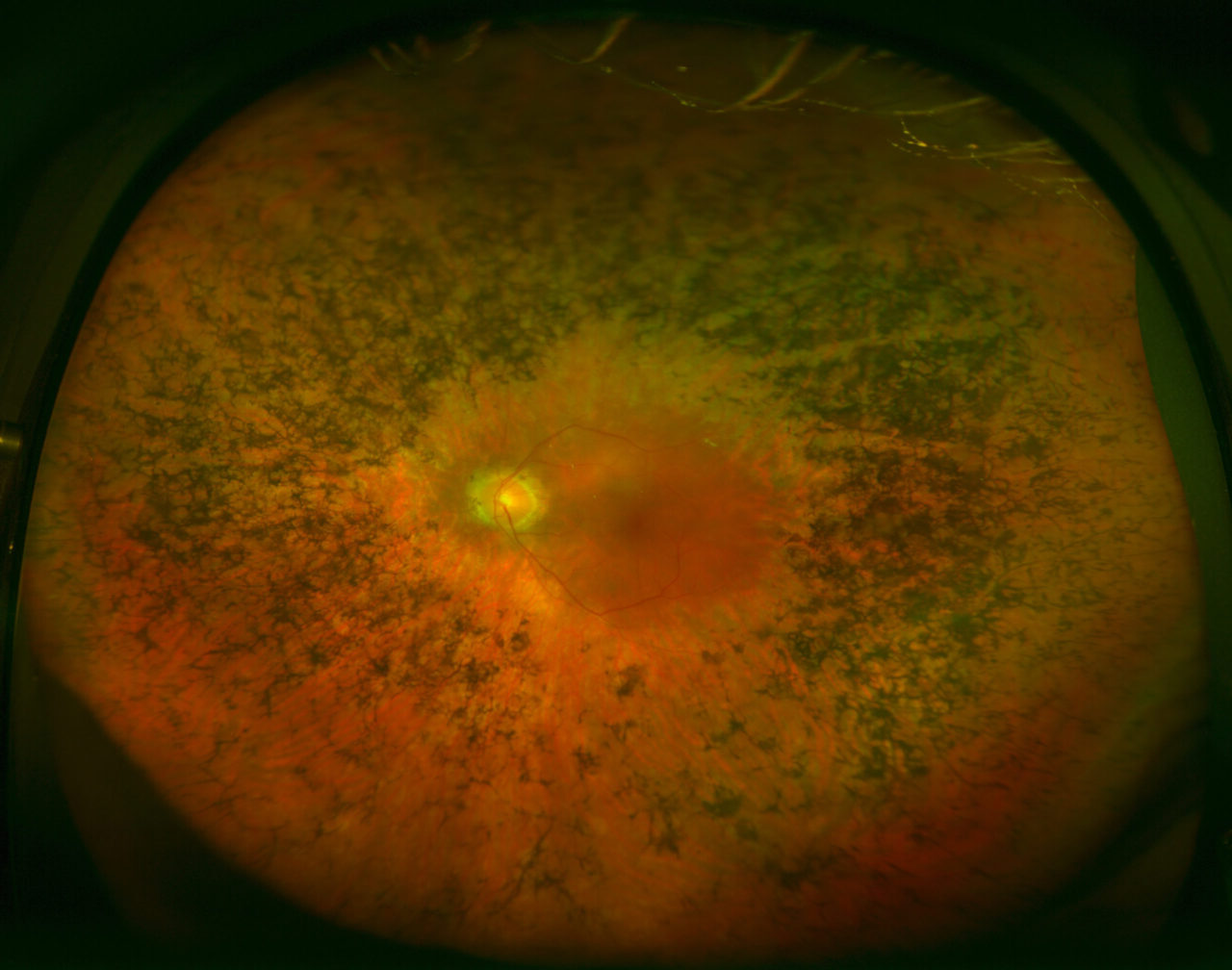
Retinitis Pigmentosa (RP) is a group of rare genetic disorders that affect the retina's ability to respond to light. This condition leads to a slow loss of vision, starting with decreased night vision and loss of peripheral vision, eventually leading to blindness. RP can be inherited in several ways, including autosomal dominant, autosomal recessive, and X-linked recessive patterns. Symptoms often begin in childhood, but the rate of progression can vary widely among individuals. While there is no cure yet, ongoing research offers hope for future treatments. Understanding Retinitis Pigmentosa is crucial for those affected and their families, as it helps in managing the condition and exploring potential therapies.
What is Retinitis Pigmentosa?
Retinitis Pigmentosa (RP) is a group of rare, genetic disorders that affect the retina's ability to respond to light. This condition leads to a slow loss of vision, starting with decreased night vision and loss of peripheral vision. Let's dive into some fascinating facts about this condition.
-
Genetic Roots
RP is inherited. Mutations in over 50 different genes can cause this disorder. Each gene plays a role in the retina's function, and when mutated, it disrupts normal vision. -
Early Symptoms
Night blindness is often the first symptom. People with RP may struggle to see in low light conditions long before other symptoms appear. -
Progressive Vision Loss
Vision loss in RP is gradual. It typically starts with peripheral vision and progresses to central vision, leading to tunnel vision.
How Common is Retinitis Pigmentosa?
Understanding the prevalence of RP can help grasp its impact on the population. Here are some key statistics.
-
Rare Condition
RP affects about 1 in 4,000 people worldwide. This makes it a rare disorder, though it still impacts thousands globally. -
Family History
Having a family member with RP increases the likelihood of inheriting the condition. It follows an autosomal dominant, autosomal recessive, or X-linked inheritance pattern. -
Age of Onset
Symptoms usually appear in childhood or adolescence. However, the rate of progression can vary widely among individuals.
Diagnosing Retinitis Pigmentosa
Early diagnosis can help manage RP more effectively. Here are some methods used to diagnose this condition.
-
Electroretinography (ERG)
ERG measures the electrical responses of the retina's light-sensitive cells. It's a key test for diagnosing RP. -
Visual Field Testing
This test maps the peripheral vision. It helps track the progression of vision loss in RP patients. -
Genetic Testing
Identifying specific gene mutations can confirm a diagnosis. Genetic testing also helps in understanding the inheritance pattern.
Living with Retinitis Pigmentosa
Living with RP presents unique challenges. However, there are ways to manage and adapt to the condition.
-
Assistive Technologies
Devices like screen readers and magnifiers can help. These tools make daily tasks easier for those with vision loss. -
Orientation and Mobility Training
Training programs teach navigation skills. They help individuals with RP move safely and confidently. -
Support Networks
Support groups and counseling can provide emotional support. Connecting with others facing similar challenges can be incredibly beneficial.
Research and Future Treatments
Ongoing research offers hope for new treatments. Scientists are exploring various approaches to slow or halt the progression of RP.
-
Gene Therapy
Gene therapy aims to correct defective genes. Early trials have shown promise in restoring some vision. -
Stem Cell Therapy
Researchers are investigating stem cells to replace damaged retinal cells. This approach could potentially restore vision in RP patients.
Final Thoughts on Retinitis Pigmentosa
Retinitis Pigmentosa (RP) is a complex eye condition affecting many worldwide. Understanding its genetic roots and symptoms can help in early diagnosis and management. While there's no cure yet, ongoing research offers hope for future treatments. Gene therapy, retinal implants, and stem cell research are promising areas showing potential. Staying informed and connected with support groups can make a significant difference for those living with RP. Remember, advancements in science and technology are continually evolving, bringing new possibilities for managing and potentially curing this condition. Keep an eye on the latest developments and maintain regular check-ups with your eye specialist. Knowledge and proactive care are your best allies in navigating life with RP.
Was this page helpful?
Our commitment to delivering trustworthy and engaging content is at the heart of what we do. Each fact on our site is contributed by real users like you, bringing a wealth of diverse insights and information. To ensure the highest standards of accuracy and reliability, our dedicated editors meticulously review each submission. This process guarantees that the facts we share are not only fascinating but also credible. Trust in our commitment to quality and authenticity as you explore and learn with us.


